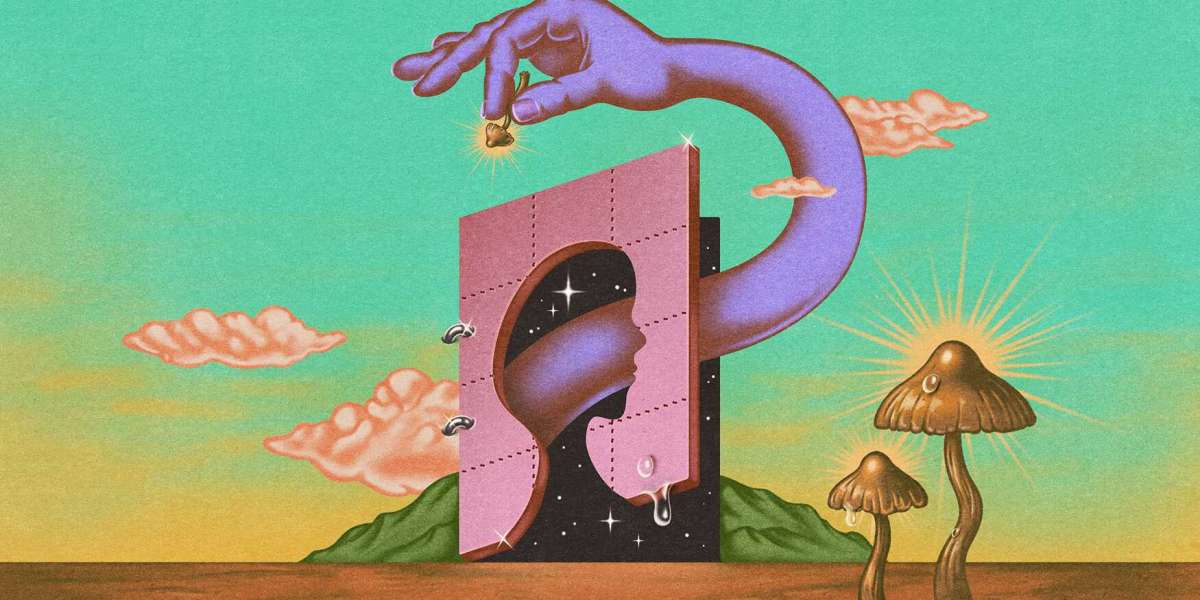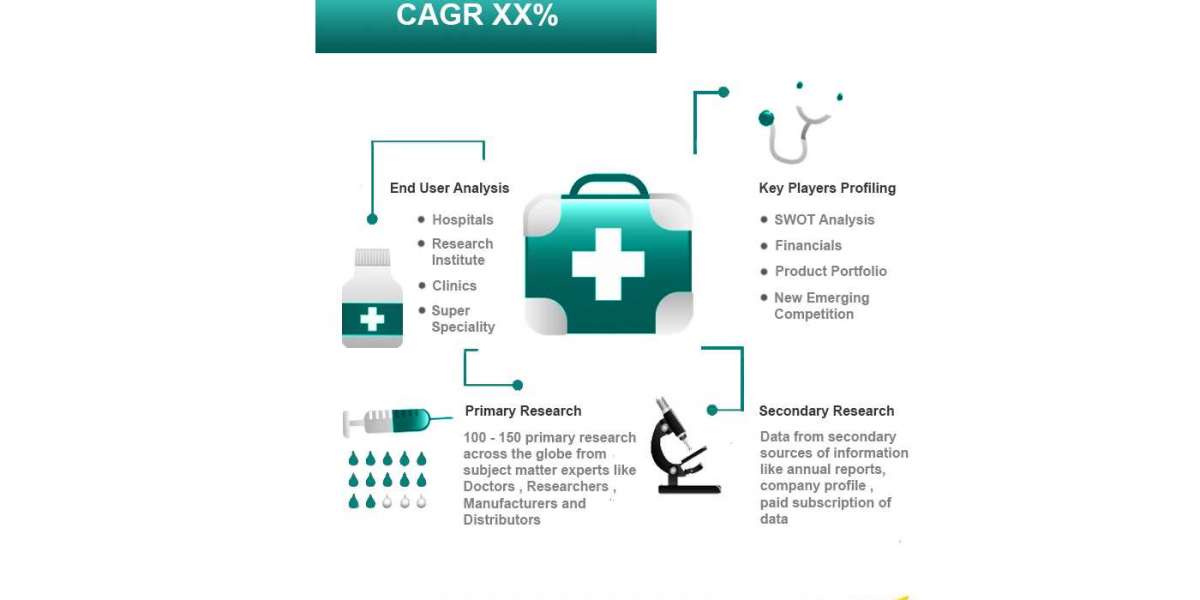"This morning I took LSD. I do not feel transcendentally united with the universe or with divinity. On the contrary. I'm Normal. Well, except for one thing: I feel satisfied and relaxed", thus begins the book What a good day, written by Ayelet Waldman in which the author, lawyer and mother tells, for a month, the use she makes of LSD – lysergic acid diethylamide – in microdoses and how its effects benefit her in her day to day. The book also explores the myths surrounding this drug and many others.
In high doses, LSD alters perception, mood, and a number of cognitive processes. It can even cause those who consume it to have hallucinations. But the microdoses the author talks about are not powerful enough to cause such effects. What's more, what happens is that it increases concentration, energy and creativity. Many people who consume it, according to the book, when night comes, stop for a moment and think: "What a good day."
Learn additionally : Shrooms vs. Acid
Inside the experiment
The use of microdoses of psychedelic drugs is a fairly recent concept. It was popularized by James Fadiman, a doctor of psychology and researcher of psychedelic drugs, around 2010. This author was dedicated to collecting testimonies from people who have experimented with periodic Microdose LSD and psilocybin, a chemical that appears naturally in various species of mushrooms. Thus, Ayelet Waldman contacted Fadiman who, after extensive dialogue and contact, provided him with a cobalt blue bottle with LSD.
Microdoses can not exceed 10 micrograms, or what is the same, the fifteenth part of an eyelash while for a trip with hallucinations should consume about 100 or 150 micrograms. Following Fadiman's instructions, the author took a microdose every three days, monitored the effects, and took notes of her personal experience.
It seems, before all this presentation, that the joint experiment was an illegal activity and that it was done in hiding. And the truth is that it was quite like that. The book was published in English in 2016 and its Spanish version, edited and published by Reservoir Books, was published in June 2018. However, shortly after its publication its impact was increased with the appearance of one of the first studies with Microdose LSD that have been done to date.
Imperial College London together with the Beckeley Foundation launched in September 2018 the first human trial to know if small doses of this psychedelic substance have positive cognitive effects or if they act as a placebo. The study was not the result of chance nor did it have anything to do with Waldman's experiment. Actually, it was due to the enormous popularization of the consumption of these doses among the big entrepreneurs of the world of digital technology in South San Francisco, in Silicon Valley (USA). That is, the great geniuses of technology went from lysergic acid to the top.
Learn additionally : Psychedelics in microdoses have been effective for mental health
The Imperial College and Beckeley Foundation trial used brain scanning techniques to visualize how LSD alters the way the brain works. The results showed that a Microdose LSD acts as a kind of 'disorganization' in the activity of the brain, which allows it to act in a freer and less restricted way than normal. The substance works as an imitation of serotonin which elevates mood, creativity, improves learning and cognitive flexibility. This finding helps to explain the phenomenon of microdosing and not only that, it also helps to deepen the understanding of consciousness and its functioning.
Placating negativity
The author of the book embarked on this experiment looking for happiness and the possibility, above all, of controlling the ups and downs produced by negative emotions. The bad mood, for example, approached her in any minimum uncontrollable situation or stress and that did not affect only her but her husband and three children. To the point of almost losing the relationship with them.
There were several ways in which Ayelet Waldman tried to solve not only this but also her physical pains but no doctor or psychologist managed to help her. The month consuming Microdose LSD gave the author a new perception and, after all, more empathy. Her environment, as the book recounts, observed a radical change in her: more cheerful, more relaxed, more fun and in stressful situations she remained calm.
But it is not gold everything uqe shines and less when we talk about a hard drug. Some media that have written about the book point out that it sins of falling, on several occasions, in the formulas used by self-help manuals. Another of the contrary positions is that it could urge the consumption of LSD and that this newspaper falls into the hands of inadequate people who do not know how to manage a microdose.
Not only this point is dangerous: each body reacts differently and, depending on the person, this drug may or may not benefit. What is certain is that she has managed to erode the taboo not only about this particular drug but about many others, since the writer tells her experiences with different substances and how these harmed or helped her.
Learn additionally : The new era of psychedelics in microdosing
The biographical account together with the scientist – which shows some studies in terms of psychedelic drugs – manage to make us understand more deeply the effects of Microdose LSD. This narrative line helps to abandon the prejudices that are had before starting the book. The diary format traps the reader in an almost immersive journey where not only the causes for which Ayelet Waldman starts the experiment are understood, but it is also seen how his pains and negative emotions are diminishing, almost as if we were next to the author.
Beyond the very interesting story, it is important to be aware that this is not a call to enter this consumption. Waldman's work is a mere approach to the world of drug use that has a long way to go. The investigations will have to continue and other scientific studies will appear that demonstrate or deny its beneficial potential as well as its possible side effects in the medium and long term. The decision to use a drug is never easy, but perhaps in the future anyone who decides to do so will at least do so based on scientific arguments and seeking to improve their life instead of dedicating themselves to destroying it.








